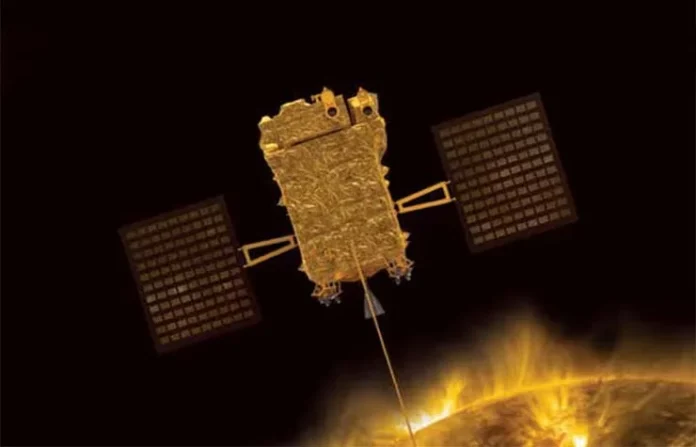Bengaluru: With the successful landing of Chandrayaan -3 on the moon on August 23, Indian Space Research Organisation (ISRO) August 28 announced that it will launch the Aditya-L1 Solar Mission, the first space-based Indian observatory to study the Sun on September 2 at 11:50 am from Sriharikota.
Taking to X (former Twitter), ISRO said, “The launch of Aditya-L1, the first space-based Indian observatory to study the Sun, is scheduled for September 2, 2023, at 11:50 Hrs IST from Sriharikota. Citizens are invited to witness the launch from the Launch View Gallery at Sriharikota by registering here: https://lvg.shar.gov.in/VSCREGISTRATION/index.jsp. Commencement of registration will be announced there.”
Aditya-L1 shall be the first space-based Indian mission to study the Sun. The spacecraft shall be placed in a halo orbit around the Lagrange point 1 (L1) of the Sun-Earth system, which is about 1.5 million km from the Earth.
A satellite placed in the halo orbit around the L1 point has the major advantage of continuously viewing the Sun without any occultation/eclipses. This will provide a greater advantage in observing solar activities and their effect on space weather in real-time.
The spacecraft carries seven payloads to observe the photosphere, chromosphere and the outermost layers of the Sun (the corona) using electromagnetic particle and magnetic field detectors. ISRO also mentioned the objectives of Aditya-L1 mission.
“Study of Solar upper atmospheric (chromosphere and corona) dynamics. Study of chromospheric and coronal heating, physics of the partially ionized plasma, initiation of the coronal mass ejections, and flares. Observe the in-situ particle and plasma environment providing data for the study of particle dynamics from the Sun,” an official statement issued by ISRO said.
“Physics of solar corona and its heating mechanism. Diagnostics of the coronal and coronal loops plasma: Temperature, velocity and density. Development, dynamics and origin of CMEs. Identify the sequence of processes that occur at multiple layers (chromosphere, base and extended Corona) which eventually leads to solar eruptive events. Magnetic field topology and magnetic field measurements in the solar corona. Drivers for space weather (origin, composition and dynamics of solar wind,” it added.
Overall, India became the fourth country – after the US, China, and Russia – to have successfully landed on the moon’s surface.





